It was Thursday morning. Surprisingly, I was before time in office. Derek has mentioned about taking an alternative route since my usual route was blocked. I had almost forgotten about that sales meeting I had scheduled but Derek reminded me on time.
Jump Directly to
2. What IS the value of chatbots?
3. Building a conversational chatbot workflow for your business
4. Designing conversational chatbot workflows: Business Scenarios
5. What IS the reason for chatbots to become so popular?
6. Do chatbots throw a negative impact on customer conversations?
Infact, I had enough time to put together my materials for the meeting and check that the meeting room was available. When I was back at my desk, I got busy with work and forgot about lunch.
Still Not an User of Aritic PinPoint Automation?
But again, Derek reminded me that it’s time for a break. Infact, Derek also sent me a reminder for a family event for which I was supposed to leave office early. Oh! Derek.
If you are not living in another dimension, you must by now have understood, Derek is a bot.
This is a classic example of a chatbot workflow.
Chatbots are a part of our daily lives. These conversational computer programs are equipped with high-end learning power that enables them to learn human conversation over time. It isn’t surprising to know that private messaging apps are steadily superseding social media platforms.
Chatbots are, of course, everywhere. Especially, if you are trying to build a foothold in the digital world with your business, you’ve probably implemented or are planning to implement a quirky bot to drive business engagements.
Most businesses are opting for Facebook Messenger Bots to encourage automated one-on-one conversations that make sense.
The rise of chatbots is not a facade. It is here to stay for long, and how. Chatbots are successfully converting visitors into potential leads for businesses. They are capturing visitor information for further engagement.
And best of all, they are talking like humans, minus the emotional quotient.
What are Chatbots?
Although these chatbots don’t need a separate introduction, chatbots are computer programs that are built to automatically engage with humans upon receiving a message.
You must have seen multiple websites where a chatbot pops up the moment you land on their landing page or homepage with a message “Can I help” or “How can I help?” For instance, if you are on the help page of Netflix, you will see this popup immediately you want to chat.

This is done to encourage visitors to ask questions and get answers quickly. It is aimed at reducing visitor friction on a website by helping them with an adequate resource.
It saves time as well because the visitor or prospect did not have to scout for information. All he did was ask a question and he got what he needed.
This same logic applies to Facebook Messenger bots. Here the visitor conversion flow is almost the same, just that they are happening on a different platform.
For instance, if you visit the Facebook page of The Wall Street Journal and want to receive regular news update over Messenger, you just need to type in what category you want. The bot immediately shows you news from that category, along with two more options to pick from. That’s called conversational messaging.

Chatbots are everywhere. Infact, data from Google Trends shows that search volume for ‘Chatbots’ has grown 19X in last five years.
This perpetually helps us conclude that businesses and individuals have started realizing the potential of conversational messaging. The next question is:
Execute Effective Marketing Automation Workflows Now
What IS the value of chatbots?
In Drift’s recent report on The State of Chatbots, getting an immediate answer to a query is the most important use case of chatbots. It is closely followed by resolving an issue or a complaint and getting detailed answers.
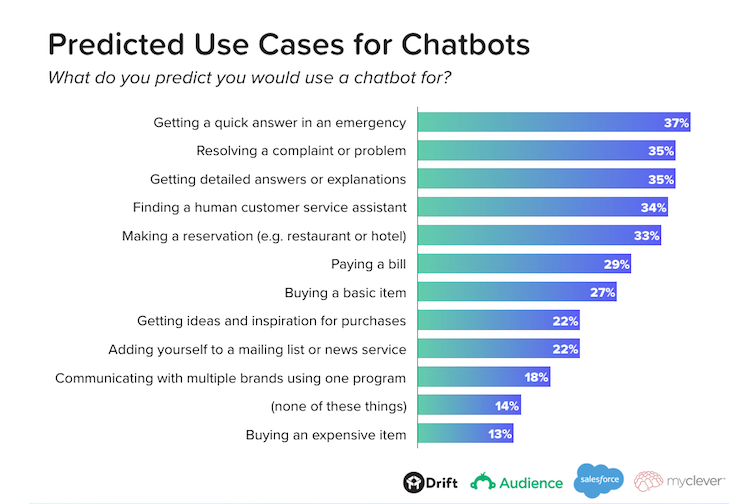
Source
“Responses” take the limelight whenever use case of a chatbot is in question. In short, customer conversation streamlining is the sole motive for the majority of businesses to adopt a chatbot. These bots are not just convenient but are instrumental in making the customer experience smoother.
However, the bottom line here is: A chatbot is a computer program that is designed to learn human interaction over time. Using Natural Language Processing, this AI-program picks up human words and increases its database to handle human queries.
Yet, there has to be a starting point. You have to feed your chatbot some data to get started.
So, how exactly do you layout a conversational flow for your chatbot?
Even before you have a bot, you need a framework. This framework consists of five main stages.
(1) Outline: This is the first step where you create a strategy for your bot. You pen down various scenarios your potential buyers may face and the kind of questions they may ask. You outline your chatbot workflows to ensure you achieve your goal of conversion. Your outline should have an entry point although there can be multiple ways for your potential buyers to reach a question.
(2) Workflow: Outline is followed by creating elaborate chatbot workflows taking into account all the scenarios, conditions, and also human psychology. Remember, your bot is dealing with the human brain that is always high on emotional quotient.
(3) Content: Now you move on to understanding the kind of answers your bot should give out once a particular type of question is asked. You also take into account situations where your bot will face unknown queries. Your scripts should have a layout for all of it.
(4) Greetings: Everything will happen only after the first greeting. In the human world, it is important that your bot greets your potential buyer to set things up on a positive note. An arrogant bot is not what will help your business. Every time I say this, I keep getting flashes of Tay, the AI-bot from Microsoft that turned arrogant and very very racist in lieu of learning human interactions. Needless to say, it did not go down well with humans.
(5) Failure-ready: You see, you are doing everything based on a certain hypothesis. You are assuming the kind of conversations that can happen. Chances are slim that you are exactly right. So, be ready for your scripts to go vague. Prepare your bot to handle such situations gracefully and pass it on to your team members to tackle them. Also, have a backup plan if your bot fails in your first attempt.
Building a conversational chatbot workflow for your business
Now that you have crossed stage one of creating a framework, we move into stage two of digging deeper. Designing a chatbot workflow requires two immediate steps:
- Understanding the scope of your bot: Make sure you clearly tell people what your bot is for. It is important to decide what the bot will do and also convey that to people.
- Prioritize the list of features to include: Your product may have multiple features, some being very minute and some being your selling points. Look into your competitors, understand your potential buyer group’s search queries, and then list down the features a user will find useful from your chatbot.
Designing conversational chatbot workflows: Business Scenarios
All the scenarios are designed for Aritic Brand and its products. It may or may not directly relate to your business. It is used here only for example purposes. Each explanation is backed by a real-time chatbot workflow to show how a chatbot workflow may look in those instances.
When we started designing a chatbot for Aritic, we had laid down four most vital scenarios that we’d face with our chatbot. Based on our competitor research, user demands, and target buyer’s intent, our four major chatbot workflow scenarios were:
- The chatbot doesn’t know what the user is asking.
- The user enquires about a category of our products that the chatbot knows.
- The user asks for a feature and category that the chatbot knows.
- The user asks for a feature, category and product type that the chatbot knows.
Below I will show you our chatbot workflows and explain what each stage means for a business.
(1) The chatbot doesn’t know what the user is asking
This is the first scenario and usually the most dreaded one for any business. You have a chatbot because you want it to act as the first digital touchpoint for your potential buyers. If your chatbot has no clue about what your potential buyers are asking, that straightaway negates the whole purpose of having a bot.
On the user-front, it simply means that the user is inquiring about something that may not exist in your product or probably they are asking in a different language, like any native language. Streamline your bot with help documents or resources or examples to handle this situation.
This is exactly where you must also prepare your chatbot to integrate with other services like maybe ticketing services or internal communications platforms so that the bot creates a ticket that your internal team can tackle immediately. It makes more sense to set up alerts over emails and desktop push so that internal teams can respond faster.
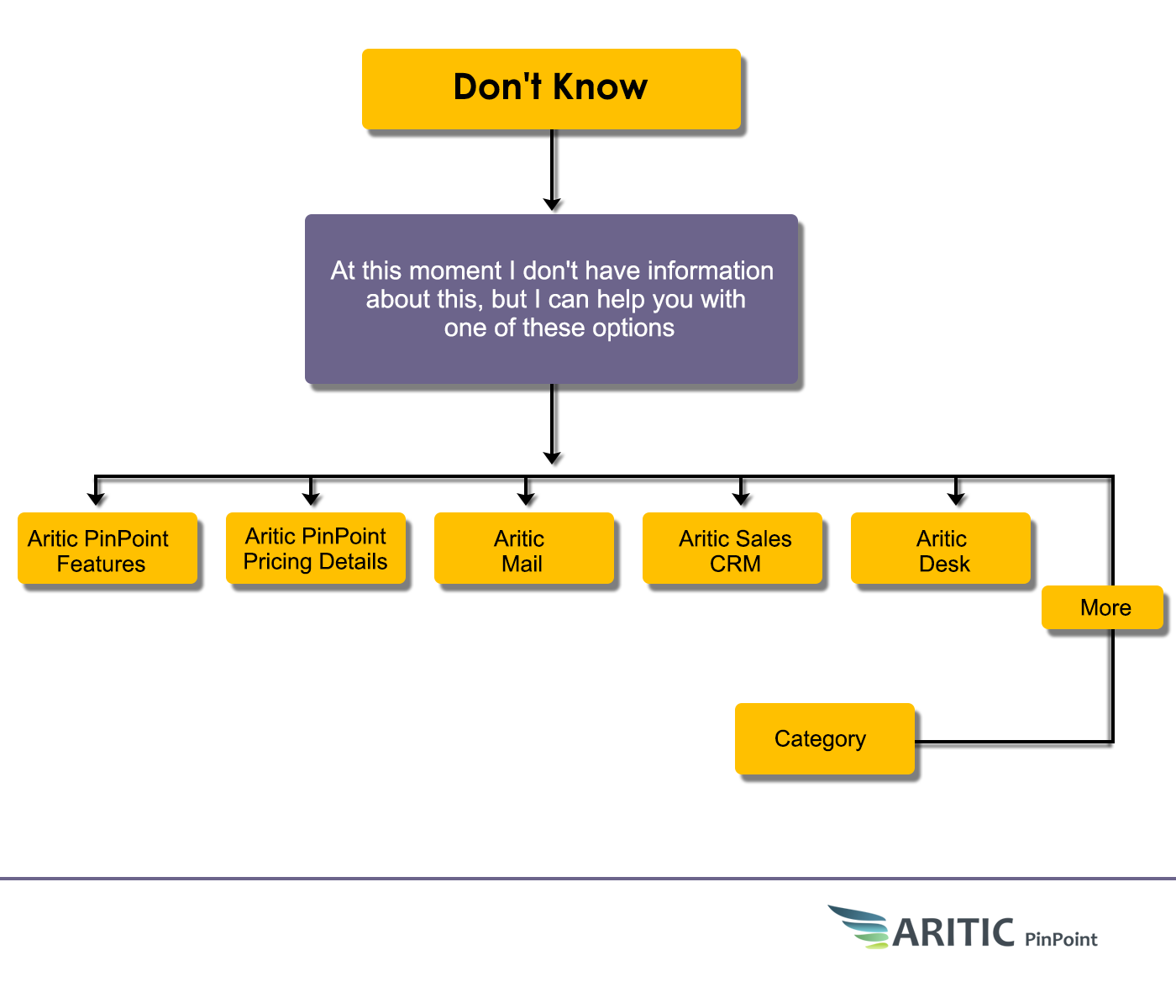
(2) & (3) The user enquires about a category of our products that the chatbot knows and The user asks for a feature and category that the chatbot knows
This scenario happens when the user is kind of familiar with your brand name and is clearly on its way to becoming a customer soon. Here the user is inquiring about a specific category or feature of the product that exists, and your chatbot has information about that.
However, do streamline your chatbot to handle any misunderstandings.
For instance, your user may ask for a category or feature that does not exist by word, but you do have a similar sub-category or feature-set that your chatbot is unable to identify. In such cases, a specific error message needs to be set up.
This keeps the user in loop and also offers your internal team a chance to jump in and handle the matter.
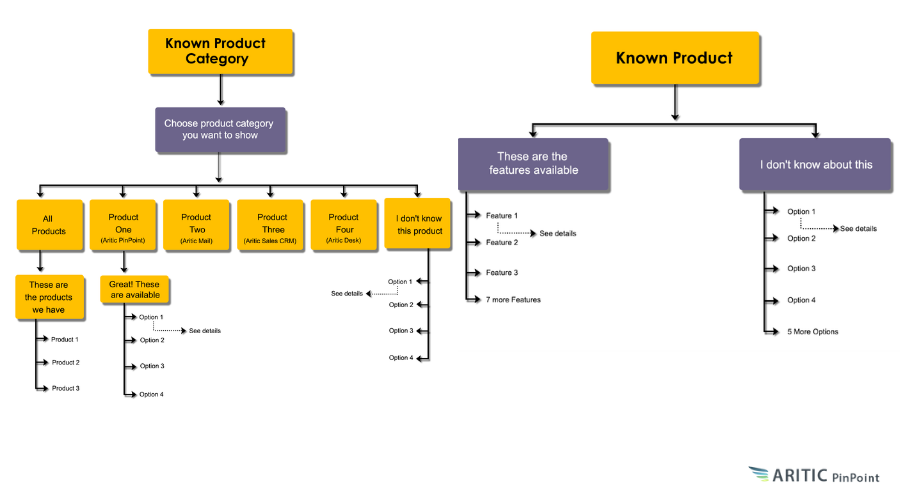
(4) The user asks for a feature, category and product type that the chatbot knows
This is your perfect situation. The user inquiry aligns perfectly with the information your chatbot has. This means all user queries are answered satisfactorily. Make sure to take a feedback rating after the conversation is done.
This helps in keeping a track of user experience. Again, misunderstandings are bound to happen. So make sure an error message is ready to back up such situations.
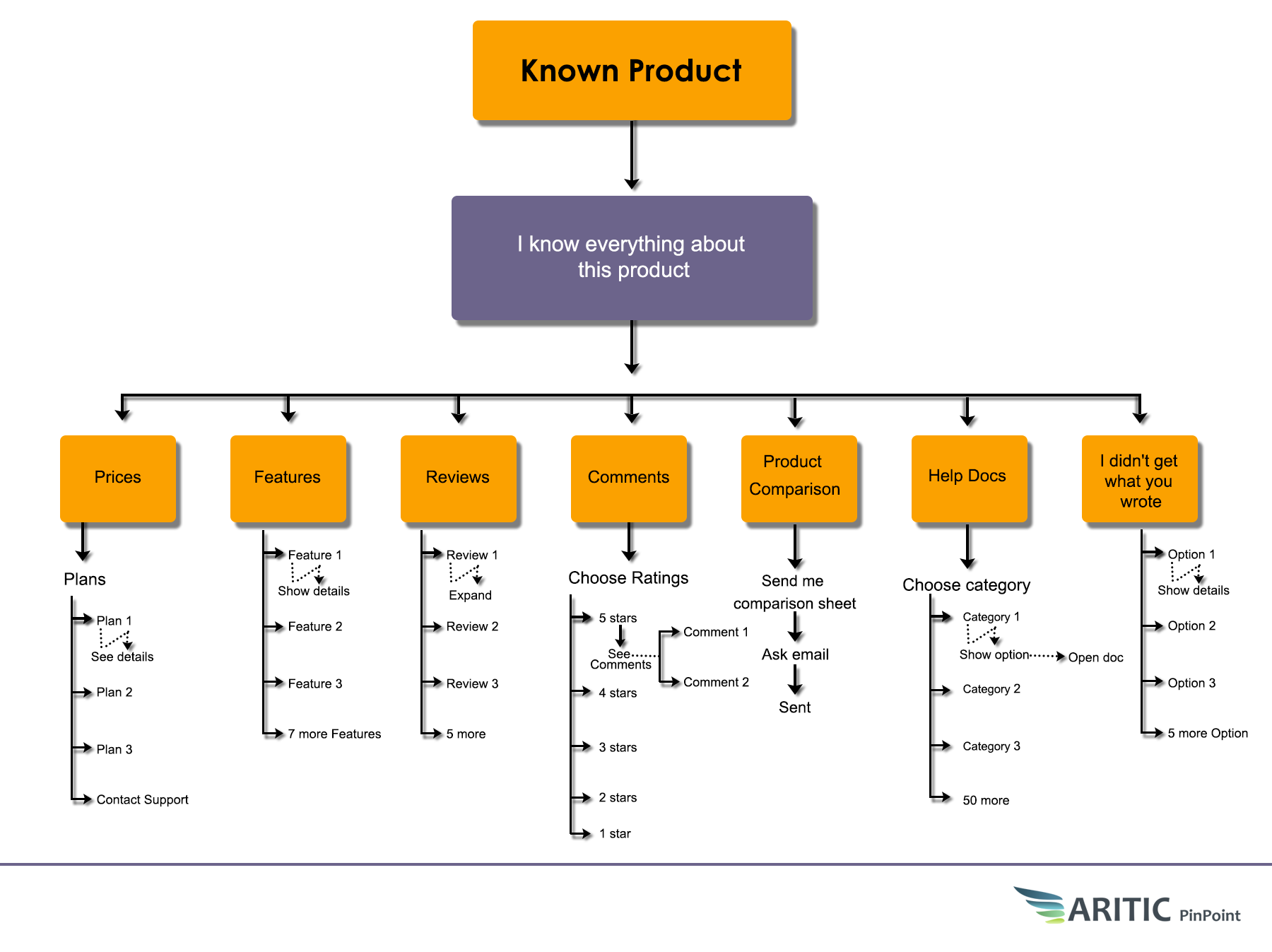
Some common words and follow-up responses to take into account while designing your chatbot messages workflow:
- Bye -> Thank you [name].
- Thank you -> Thank you. Can I help you with anything more?
- Time -> It’s [time] in [city/country]. Great time to get [product name].
- Day -> Today is the last day of this offer.
- Bad words/Dirty words -> That is rude of you, but I am just a robot.
- Where you from -> From France, and you? -> [place] -> That’s a lovely place
Below is a comprehensive example of creating a conversation chatbot workflow for a chatbot by Robin Lord that he published on How to Build a Chatbot – complete guide with Sample Code.
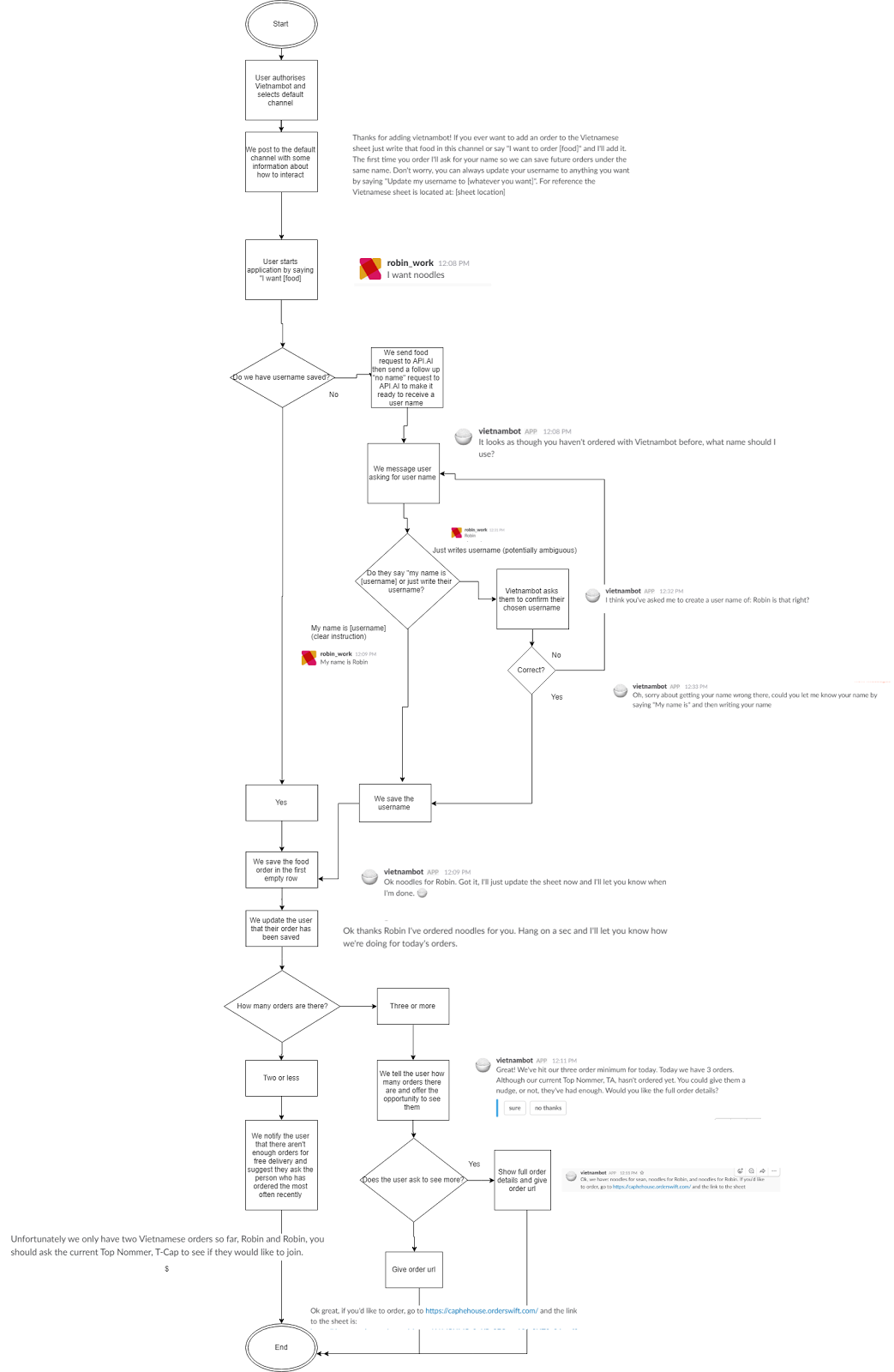
Source
Chatbots can learn about human interactions. However, the debate between humans vs. chatbots continues to draw attention. The ultimate question is:
What IS the reason for chatbots to become so popular?
Chatbots are not humans. It is obvious, their learning methodologies are different from humans.
The sole reason chatbots are taking lead in customer conversations is that human learning always comes with a bias-quotient. Chatbots don’t have any such issues because bots do not think independently and neither do they judge.
For instance, an emotionally driven family member acting as your customer representative is not a great choice. Conversations can get nasty and a familiar human (or not familiar) may not be able to handle bad remarks or nagging of a customer. However, a bot has no limits to its ‘patience’.
We may prepare for real-world discussions by studying a language or practicing speaking, so a decent chatbot might make conversation easier.
This is one of the primary reasons why businesses want a bot on the receiving end.
This leads to another concern:
Do chatbots throw a negative impact on customer conversations?
Surprisingly, no. This is because human brains are comfortable with a bot talking to them. Not because it is evident that a bot is talking. It is because a bot does not complicate matters.
Human brains have a complicated structure but it is more prone to opt for something that is easier to understand. Simple things click with human brains. And bot interactions are devoid of any cognitive efforts.
Chatbots don’t understand human emotions and do not interpret non-verbal cues. The conversation, as a result, is straight and simple. This goes in sync with the human brain, aligning well its cognitive laziness.
Human-to-human interactions are heavy on emotions and gratifications that often lead to complications.
In conclusion:
Chatbots are designed to reduce customer friction. While many customers still prefer a phone call over chatting personally, the number of customers opting for personalized chat is growing really fast.
Have you built a conversation chatbot workflow for your bot? How do you draw the framework? Tell me in the comments below.
⭐ What are Chatbots?
Chatbots are pieces of software to simplify the conversation between humans and computers through message applications, mobile apps, and websites.
⭐ Why chatbots are so popular?
Chatbots are popular because they save time and effort by answering automated customer queries and collecting information about users.
⭐ What is Chatbot workflow?
Chatbot workflows are conversational computer programs to help loyal customers in performing various online tasks hassle-free.
⭐ Are Chatbots AI or automation?
The answer is yes, chatbots are AI. The definition of AI includes machines that are able to respond intelligently to new situations without the need for human intervention. This is certainly true of chatbots.
⭐ How effective are chatbots?
A chatbot is a computer program designed to simulate conversation with human users, either via text or audio. Chatbots can be a lot more convenient than a human-based customer service approach because they provide quick answers 24 hours a day, 365 days a year.
⭐ Why do businesses use chatbots?
Businesses are starting to use chatbots for multiple reasons. The most common, however, is the ability to provide 24/7 customer service help. Moreover, the right chatbot strategy can improve user experience and increase customer satisfaction.
⭐ What kind of businesses need chatbots?
Chatbots have been getting a lot of hype recently, but it’s not every business that needs to invest in its own AI-powered bot. In fact, chatbots are a natural fit for many businesses that don’t have a dedicated customer service team or enough employees to provide round-the-clock support—and this is where they find their real value.
⭐ Which industry uses chatbots the most?
Chatbots are being used in every industry these days. With its immense potential, people are exploring different ways to use chatbots.
⭐ Is Google Assistant A chatbot?
Yes, Google Assistant is a chatbot. Google Assistant is an application that allows you to ask questions, perform tasks, and have a conversation using voice or text input. It uses artificial intelligence technology to respond in a natural way, much like talking to another person.
⭐ What is conversation flow in chatbot?
Conversation flow in a chatbot is the process of creating a conversation between humans and chatbots. It is used to create an interactive dialog that can lead to transactions or information gathering. The best way to get into the flow of writing for this topic would be to write about different types of interaction that you can use for your bot, how it works and what are the pros and cons of each type.

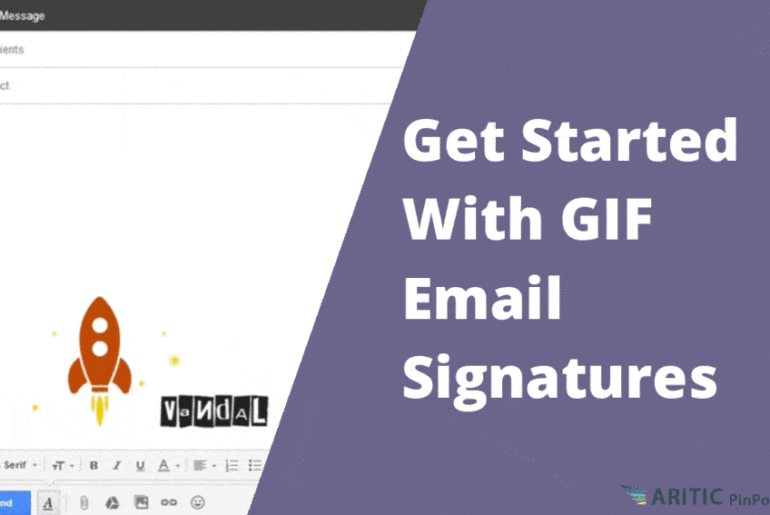
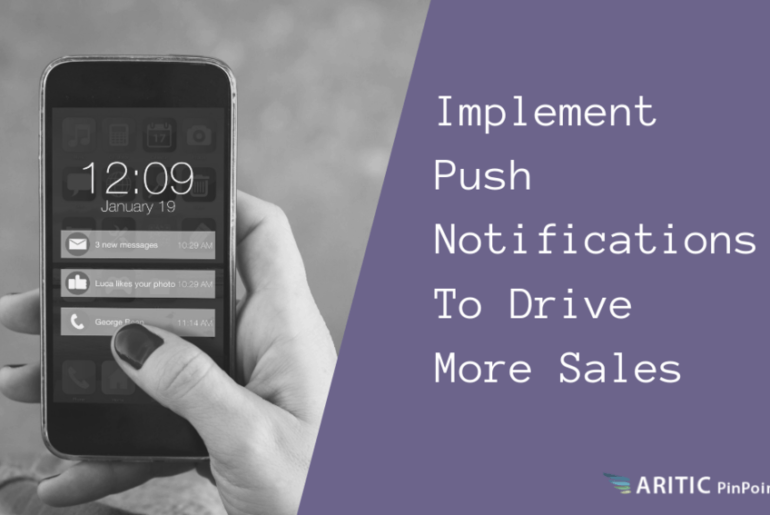

1 Comment
Blimey! Splendid article. I believe Chatbots are an incredible resource that lets you gather data, extend smooth customer experiences, and reduce barriers between a customer and a business. In short, they are a futuristic customer support team members.